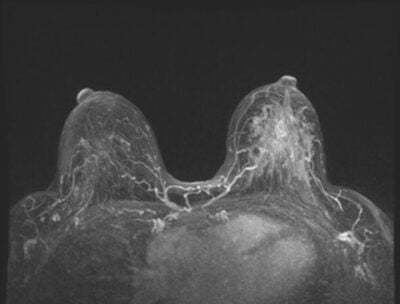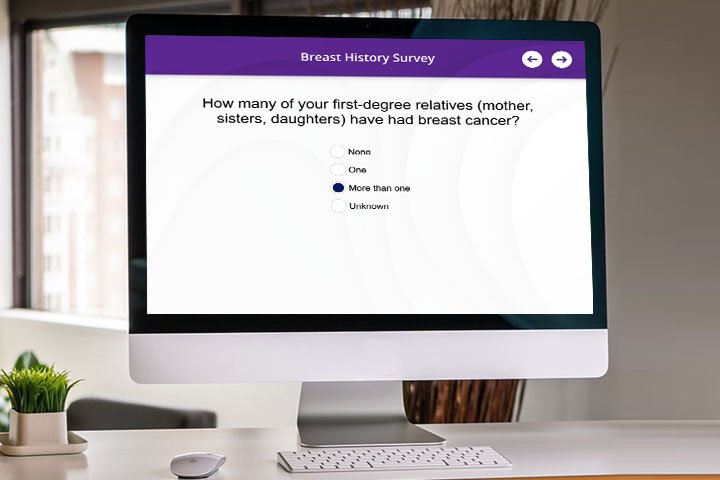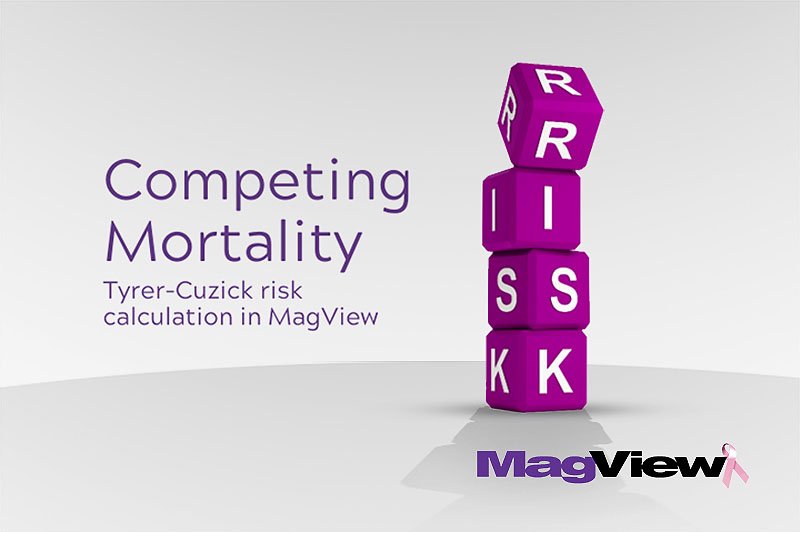A recent update to the National Lung Screening Trial (NLST) showed a sustained reduction in mortality rates from CT lung screening 12 years after the initial screening exam. The study was released in the Journal of Thoracic Oncology on June 28, 2019.
The NLST randomized high-risk current and former smokers to three annual screens with either low-dose computed tomography or chest radiographs. This demonstrated a significant reduction in lung cancer mortality in the LDCT arm after median 6.5 years follow-up.
For the expanded study, the median follow-up was 11.3 years for incidence and 12.3 years for mortality. The aim of the study was to determine whether the statistically significant reduction in lung cancer mortality from the first NLST report would carry over into the extended window.
The incidence of lung cancer was nearly identical for both x-ray and CT lung screening groups, but the mortality rate per 1000 individuals was 3.3 points lower for the CT group. The originally observed rate in the original study was 3.1 points lower for CT.
There was another statistically significant rate observed in the expanded study. The rate of over-diagnosis fell to 3.1%, which is quite a distance away from the expected 18% from the original study.
The expanded data set shows that CT lung screening did prevent or delay lung cancer deaths for more than a decade. This reaffirms the results of the large-scale European studies, such as the NELSON trial.
Dr. Paul Pinsky, one of the lead researchers from the U.S. National Cancer Institute, presented his findings to the JTO back in May. He stated, “This study adds further weight to the notion that CT screening is effective.”
Stay current with new developments in the Lung Screening world by visiting our blog. For more information on how LungView can answer the needs of your own lung screening program, visit our website.

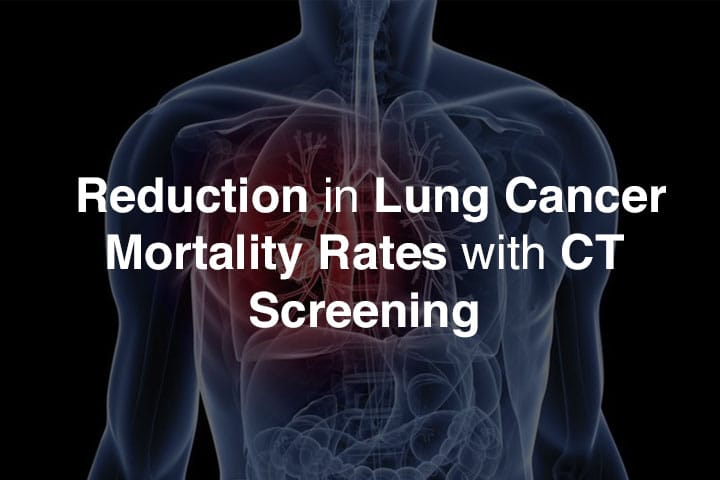




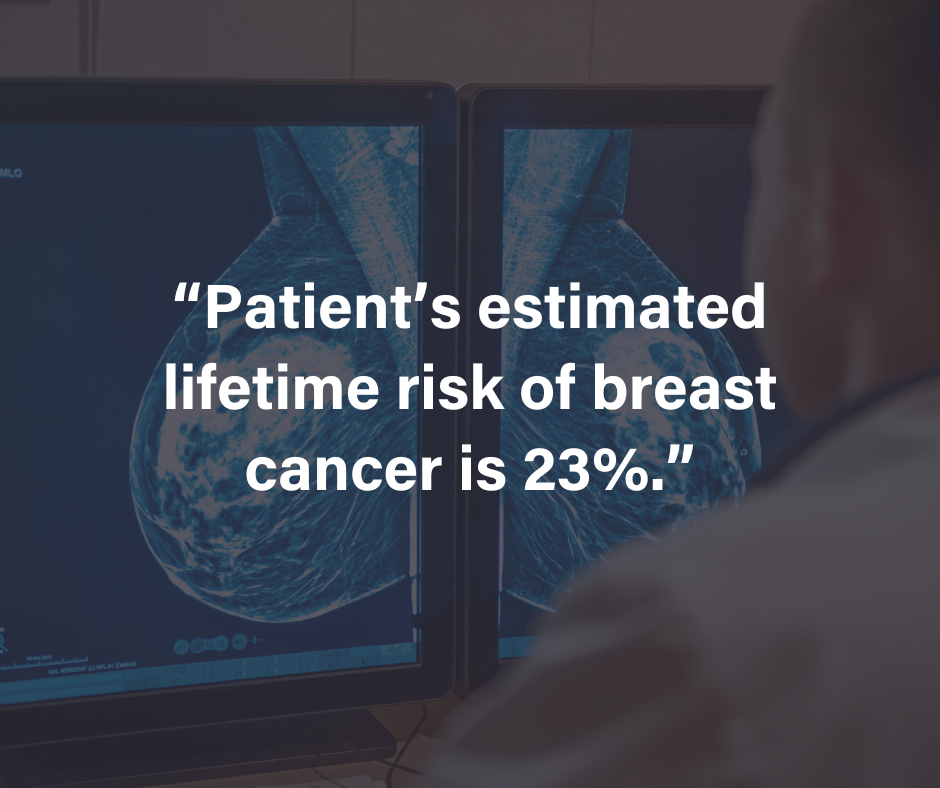

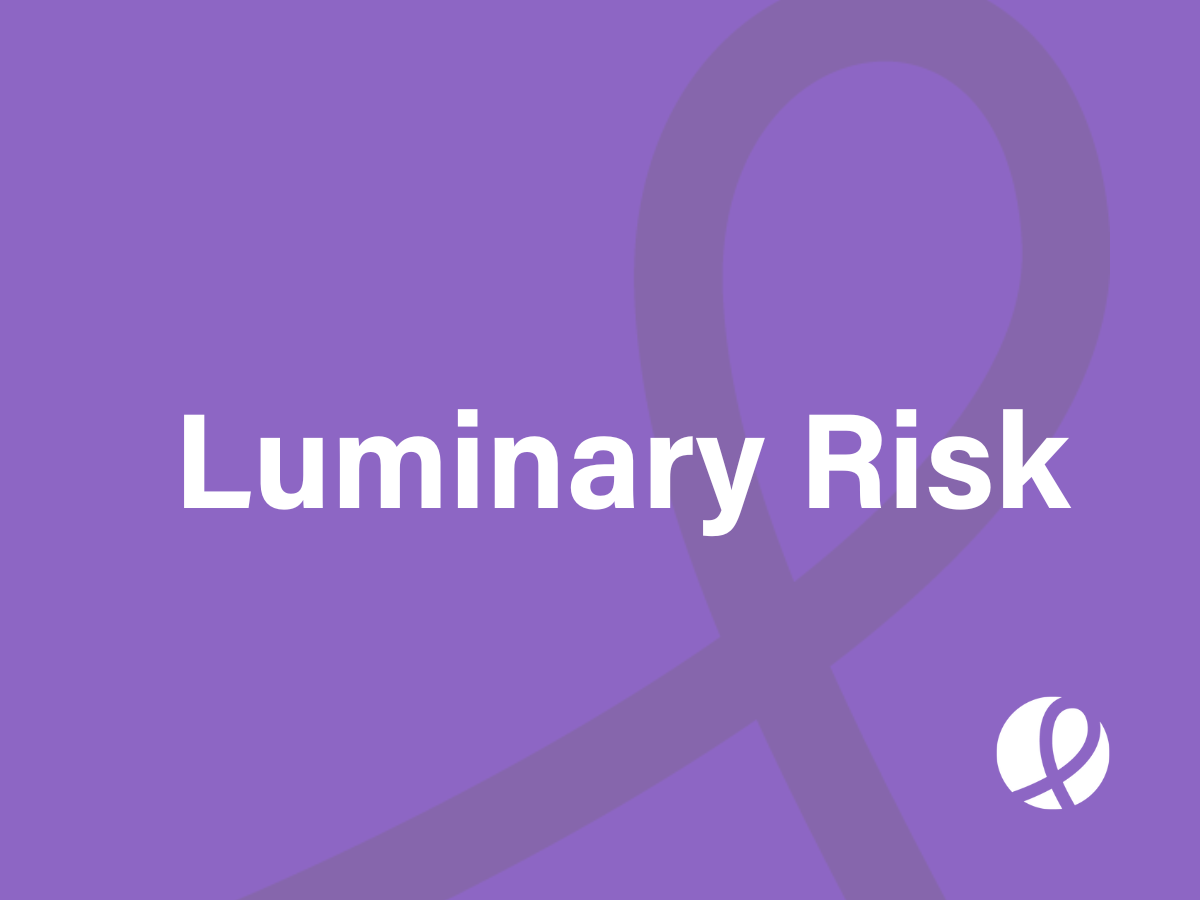






![monitoring breast density shutterstock_1299510538-[Converted]](https://magview.com/wp-content/uploads/2023/05/shutterstock_1299510538-Converted.jpg)


















